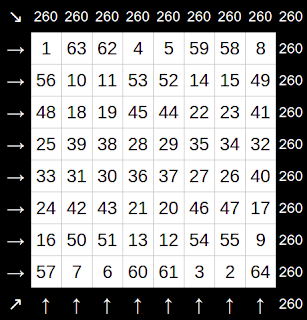The author finally viewed "Inception" and found the metaphor of nested dreams quite applicable to the Mayan system of time-keeping.
In one scenario, Consciousness is the architect and dreamer, and populates each level with us (humanity). Or, perhaps, we are the architects and Consciousness is the dreamer, populating the levels we create. In still another scenario, we collectively comprise the dreamer, and Consciousness is the architect. Humans collectively could be both architect and dreamer, while the dreams are populated by Consciousness. The permutations are sundry; let's continue by briefly treating the first scenario.
 |
| Copyright C.J. Calleman (2009) |
In the Mayan system of time-keeping, there are nine levels, each called Underworlds. Though the entry to successive levels is staggered, all levels culminate simultaneously (depending on whom you ask) on October 28, 2011 or December 21, 2012.
 |
| Copyright C.J. Calleman (2009) |
In the metaphor of 'Inception,' this "end-date" is related to the "kick" which initiates the return trip through all the layers, out of the dream, back to the awakened state.
This state is analogous to the universal enlightenment or unity consciousness suggested by many spiritual/metaphysical theorists.
Beginning with the basic level, termed the 'Cellular Underworld,' Consciousness repeatedly ascends to higher and increasingly unstable levels of something we, as its projections, term as 'reality.'
To Consciousness, however, this is but a cascade of dreams of its own devise, an experience to which it subjects itself, a self-sacrifice that gives rise to the myriad things that constitute Creation.
Limbo, the plane of unformed reality or unconditioned Consciousness (q.v. Planck scale), would locate beneath the Cosmic pyramid. Such a scheme is fairly consistent with a common conception of pure Consciousness -- the ultimate Reality, unchanging, devoid of form, space, or time. In the film, sections of Limbo had been altered; conditioned by those who had somehow gotten trapped there. These "Limbic" forms were depicted as transient, and subject to gradual decay.
Coincidentally, the time-acceleration factor in the movie (attributed to the sedative crafted by the Chemist character) is 20x per level, just as in the Mayan model (table 2.1).


















